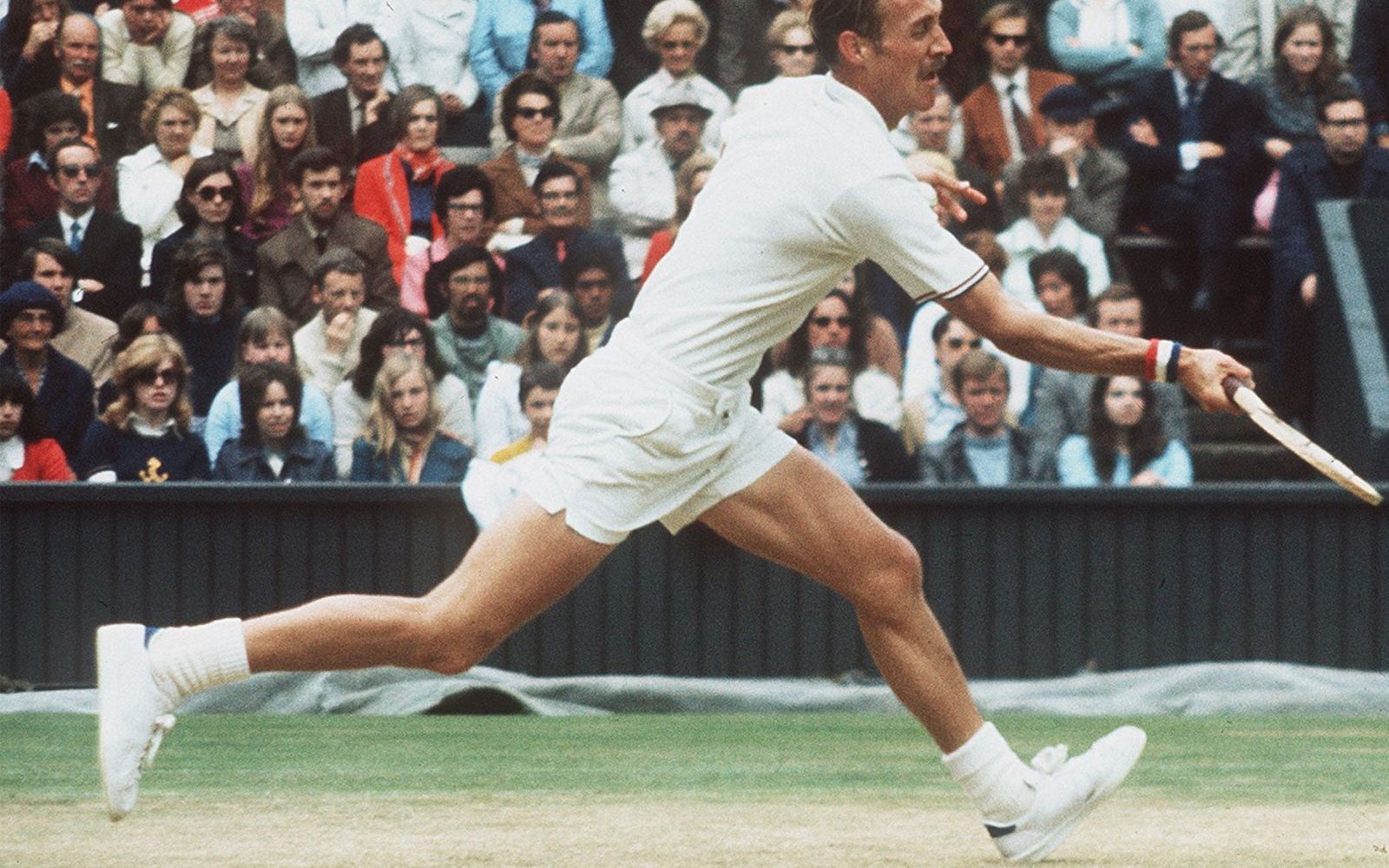
Where the myth of adidas Stan Smiths comes from From the beginnings in the 1960s to the most recent collaborations
When we speak of an icon, we are referring to something that is immediately recognized without needing much explanation, regardless of what latitude we are at. This is certainly the case with the famous Stan Smiths by adidas, trainers that can now be seen on every street corner, on the feet of everyone, even those of FIFA president Gianni Infantino during the award ceremony of the last World Cup in Qatar; an incredible fit that has been able to insert itself - and establish itself - in the great pantheon of sports shoes with its extreme simplicity. The origin of this model is inextricably linked to tennis, but also to the brilliant intuition of Horst Dassler (who was also to found Arena in 1973), the son of Adolph Dassler (aka "Adi"), one of the founders of adidas.
@needforbreed I’ve never owned a pair of these surprisingly enough #stansmith #adidas #tennis #fashion #tiktokfashion #needforbreed #greenscreen Tennis Court - Lorde
In the 1960s, trainers were made of canvas, and Horst's idea of replacing this material for the construction of the upper with leather, which is then applied to a rubber sole, turned out to be ingenious. Originally, the model was called "adidas Robert Haillet", as it was dedicated to the internationally renowned French tennis player of the same name, who at the time perfectly embodied the iconic concept the brand was striving for. This choice made the future Stan Smiths a global success, worn by tennis players all over the world. In the 1970s, however, Haillet withdrew from the scene and adidas had to find an equally "iconic" replacement, which was found in the figure of Stanley Roger Smith, declared by tennis legend Jack Kramer to be one of the twenty-one best players in the history of the sport. That was the moment when the famous trainers took on the look they still have today, particularly marked by the stylized portrait of the athlete whose name they bear on the tongue and the green logo on the heel. If you try to Google the name Stan Smith, all the first results will immediately be associated with these trainers, and only if you add the word "tennis player" will you be able to read about the player who also entered the myth. In 2018, Smith published the book "Some People Think I am a Shoe" to prove that these shoes have been absolutely disruptive since their inception.
The transition from the tennis courts to the streets did not take place until the 1980s when they were worn purely for aesthetic reasons rather than for their comfort and innovation, which in many ways are now obsolete when talking about athletic performance. But by then, the Stan Smiths had largely left their original function behind and had risen to become a timeless icon that cannot be categorized by gender, age, or style. Proof of this success is not only the sales figures, which amounted to around fifty million pairs in 2016 but also the passion of the celebrities who have been wearing them ever since, combining them with all kinds of looks and even wearing them in customized versions, such as Ellen DeGeneres with her own portrait on the tongue. Or the famous 2013 Vogue Paris cover story signed by Inez & Vinoodh, which immortalized supermodel Gisele Bundchen wearing only the green and white shoes on her feet, another great celebratory moment. Alongside this proliferation among celebrities, there is also a continuous foray into fashion that cannot go unmentioned. Starting with the first collaboration with Pharrell Williams, who proposed a set of hand-painted Stan Smiths that were sold at Colette's to raise money for charity, or the more recent "Pastel Packs", which feature the tennis player in the campaign alongside the singer and producer. But also Stella McCartney's eco-friendly version, with rainbow-colored laces and micro-stars replacing the signature side perforations, and the countless revisions by master Yohji Yamamoto, who reworks them with his Y-3 with consistency, adding elements that can renew them without undermining their essence. Moving on to the Stan Smiths, reworked by Raf Simons and characterized by a perforated R on the outside that is a key feature of his equally essential signature, a celebration of the "youth culture" so beloved by the Belgian designer.
These are just a few examples that prove the incredible versatility of this evergreen model, which has been influenced by the creativity of great designers, but also by pop influences such as collaborations with Disney, the Simpsons, and Lego, or the visions of niche creatives like Thebe Magugu, to the more daring experiments of Craig Green, such as the recent "CG Scuba Stan" Most celebrated at the moment are certainly the new editions of Balenciaga, presented at the launch of the Maison's Resort 2023 collection at the New York Stock Exchange. Thank you to Demna's signature, they are worn and stripped of their internal structure, giving the appearance of objects. A very rich history, then, that does not hint at the slightest slowdown but rather confirms a success that is hyperbolic, to say the least, and constantly growing.





















































